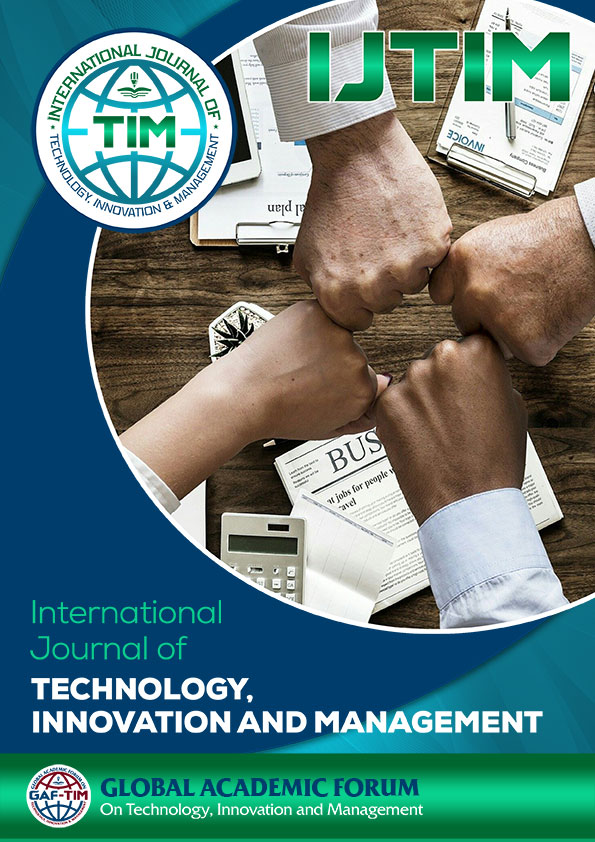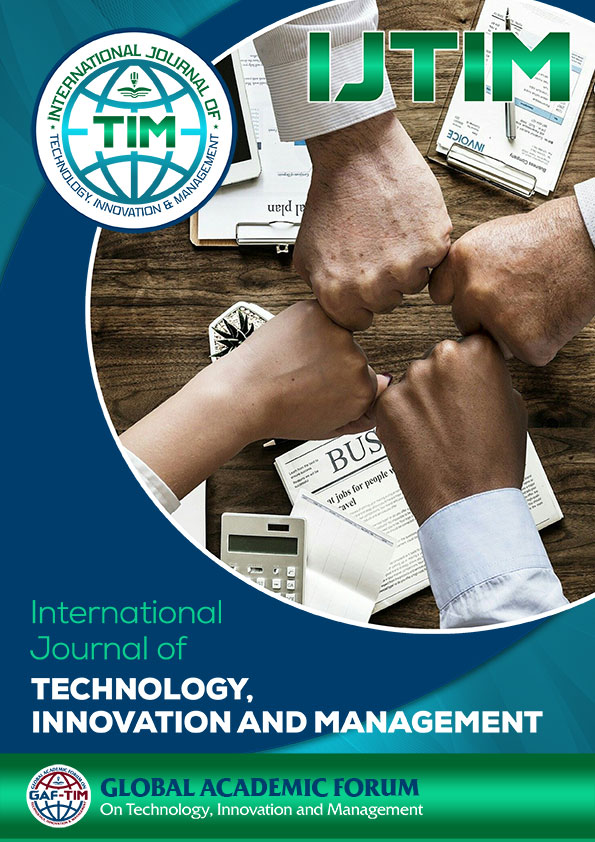The Facial Recognition Technology in Academic Attendance: A Comparative Study for Real-Time Management
DOI:
https://doi.org/10.54489/adxn2030Keywords:
Facial Detection, Multitask Cascaded CNN, Feedback System, Attendance Tracking, Smart TechnologyAbstract
In today’s academic settings, managing daily tasks like attendance tracking has become increasingly burdensome. Traditional methods of manual attendance taking are inefficient and time-consuming, particularly with growing numbers of students and staff. To address this challenge, various approaches, including face identification systems, have been developed. This research introduces a smart face recognition (FR) system for managing attendance efficiently. The system employs multiple face recognition methodologies such as Local Binary Histogram, PCA/Eigen Face Recognizer, and Fisher Face Recognizer, enhancing system performance. These methods are combined using Ensemble Fusion to improve accuracy. Additionally, the system utilizes Multitask Cascaded Convolutional Network for face detection and attribute extraction. Extracted attributes are matched with stored facial templates to identify recognized faces and mark attendance. Integration with Cloud API facilitates record-keeping. The system also includes a feedback and notification system for process status indication. Results indicate that the proposed system achieves 82.1% accuracy in face recognition and requires minimal time (0.000081s) to predict and mark attendance.
References
Andrejevic, M., & Selwyn, N. (2020). Facial recognition technology in schools: Critical questions and concerns. Learning, Media and Technology, 45(2), 115-128. DOI: https://doi.org/10.1080/17439884.2020.1686014
D. Sunaryono, J. Siswantoro, and R. Anggoro, (2021) “An Android Based Course Attendance System using Face Recognition,” J. King Saud Univ. - Comput. Inf. Sci., vol. 33, no. 3, pp. 304–312, doi: 10.1016/j.jksuci.2019.01.006. DOI: https://doi.org/10.1016/j.jksuci.2019.01.006
Kaur, P., Krishan, K., Sharma, S. K., & Kanchan, T. (2020). Facial-recognition algorithms: A literature review. Medicine, Science and the Law, 60(2), 131-139. DOI: https://doi.org/10.1177/0025802419893168
H. Sutar, S. Chaudhari, P. Bhopi, and D. Sonavale, (2022) “Automated Attendance System,” Int. Res. J. Mod. Eng. Technol. Sci., vol. 04, no. 04.
Mann, M., & Smith, M. (2017). Automated facial recognition technology: Recent developments and approaches to oversight. University of New South Wales Law Journal, The, 40(1), 121-145. DOI: https://doi.org/10.53637/KAVV4291
Navarrete, Pablo; Ruiz-Del-Solar, Javier (2002). "Analysis and Comparison of Eigenspace-Based Face Recognition Approaches." International Journal of Pattern Recognition and Artificial Intelligence. 16 (7): 817–830 DOI: https://doi.org/10.1142/S0218001402002003
Smitha, P. S. H. (2020) “Face Recognition based Attendance Management System.,” Int. J. Eng. Res. & Technol., vol. 9, no. 05. DOI: https://doi.org/10.17577/IJERTV9IS050861
Varadharajan, E. R. Dharani, S. Jeevitha, B. Kavinmathi, and S. Hemalatha, (2016) “Automatic Attendance Management System using Face Detection,” in 2016 Online international conference on green engineering and technologies. DOI: https://doi.org/10.1109/GET.2016.7916753
Waelen, R. A. (2023). The struggle for recognition in the age of facial recognition technology. AI and Ethics, 3(1), 215-222. DOI: https://doi.org/10.1007/s43681-022-00146-8
Zhu C, Idemudia CU, Feng W. (2019) Improved logistic regression model for diabetes prediction by integrating PCA and K-means techniques. Inform Med Unlocked. 17:100179. doi: 10.1016/j.imu.2019.100179. DOI: https://doi.org/10.1016/j.imu.2019.100179















